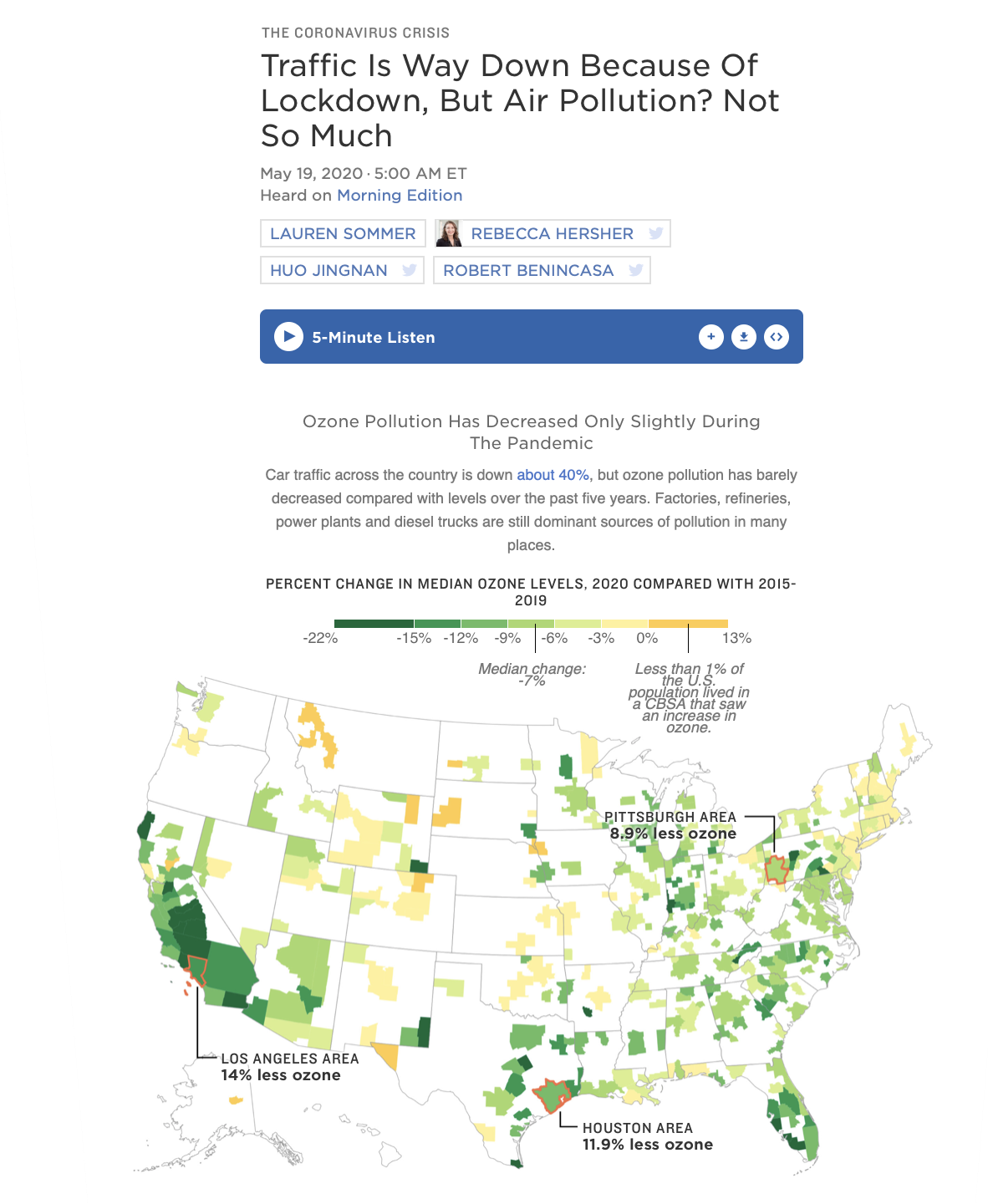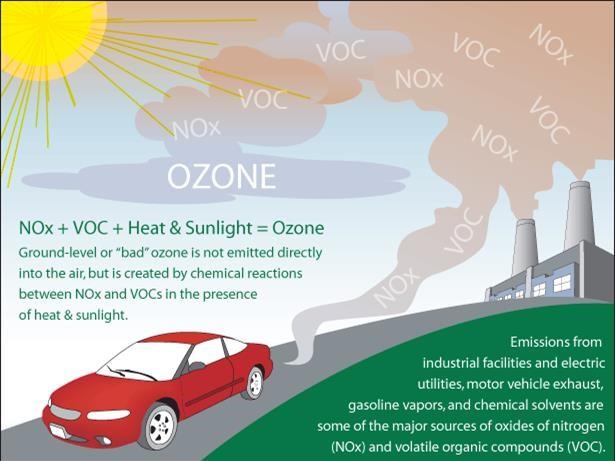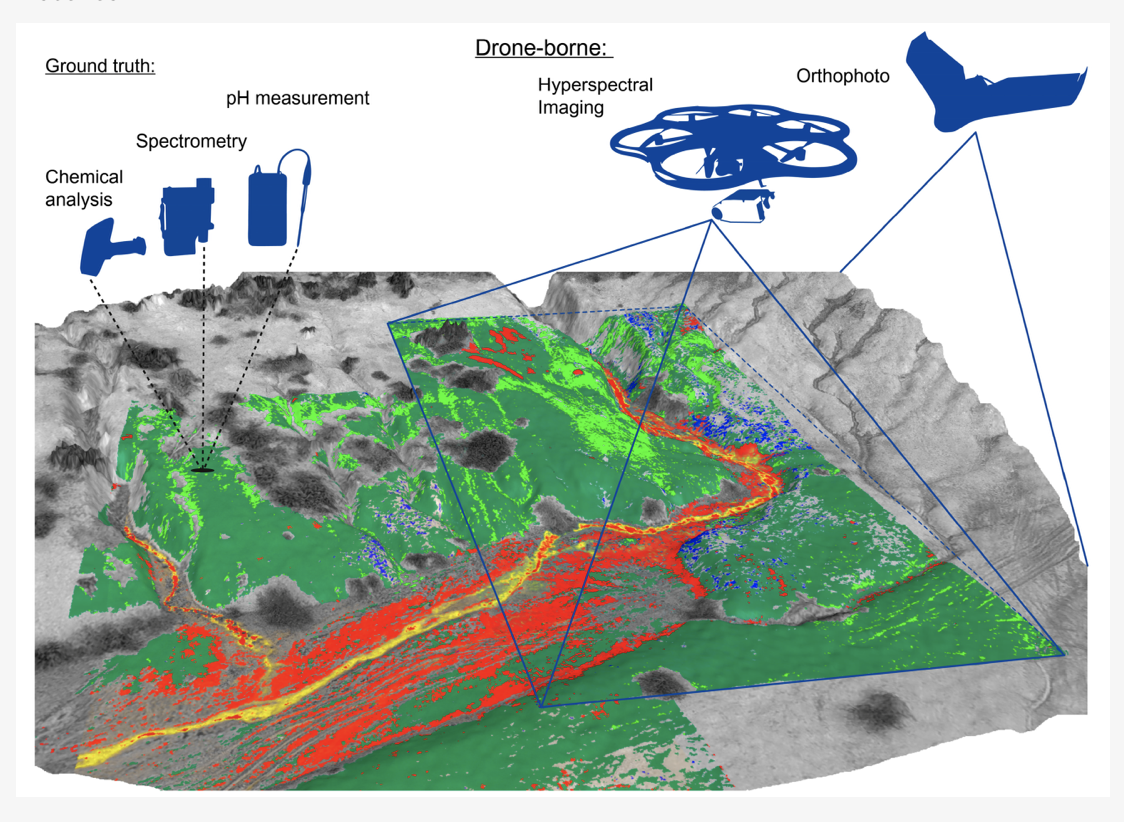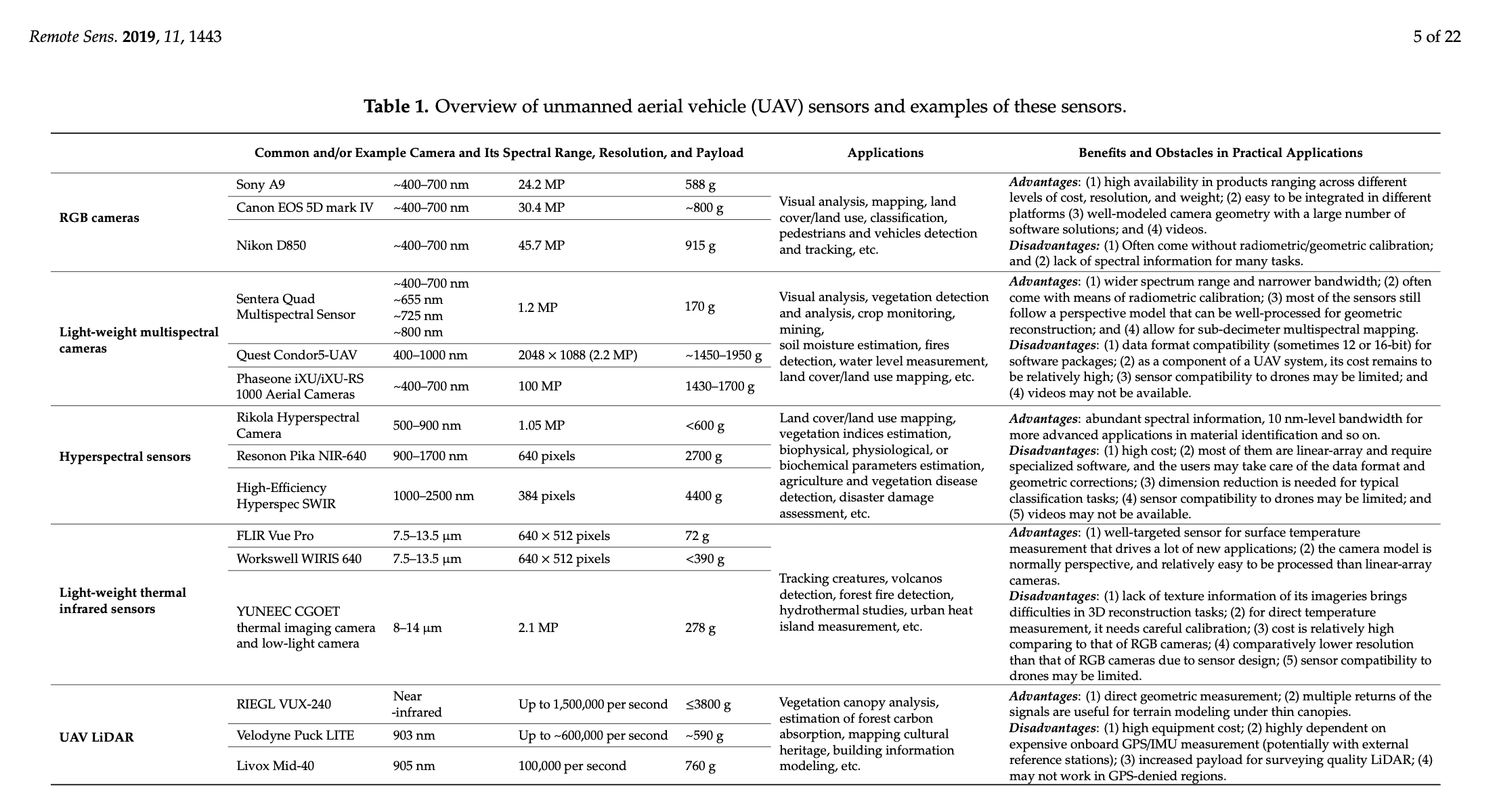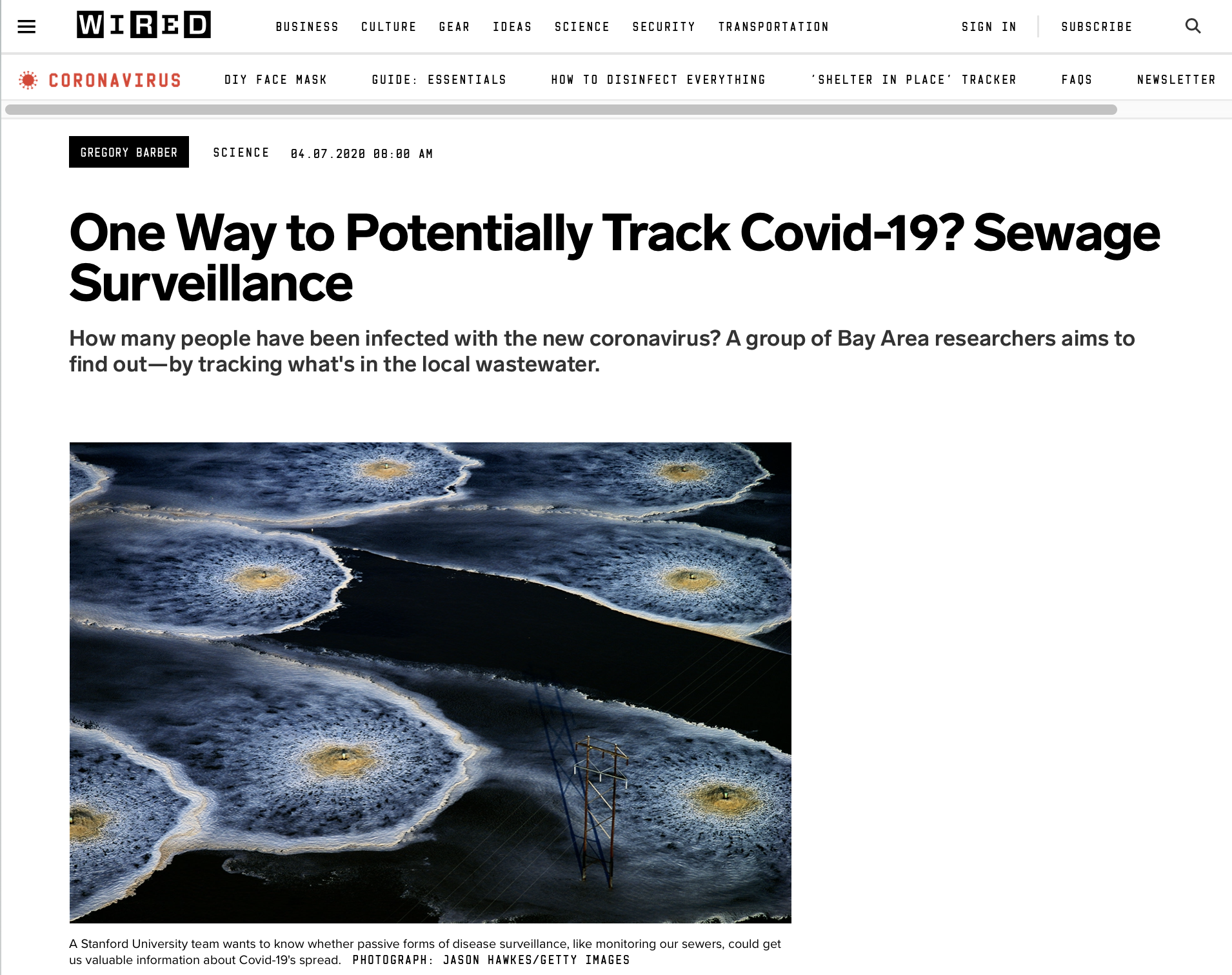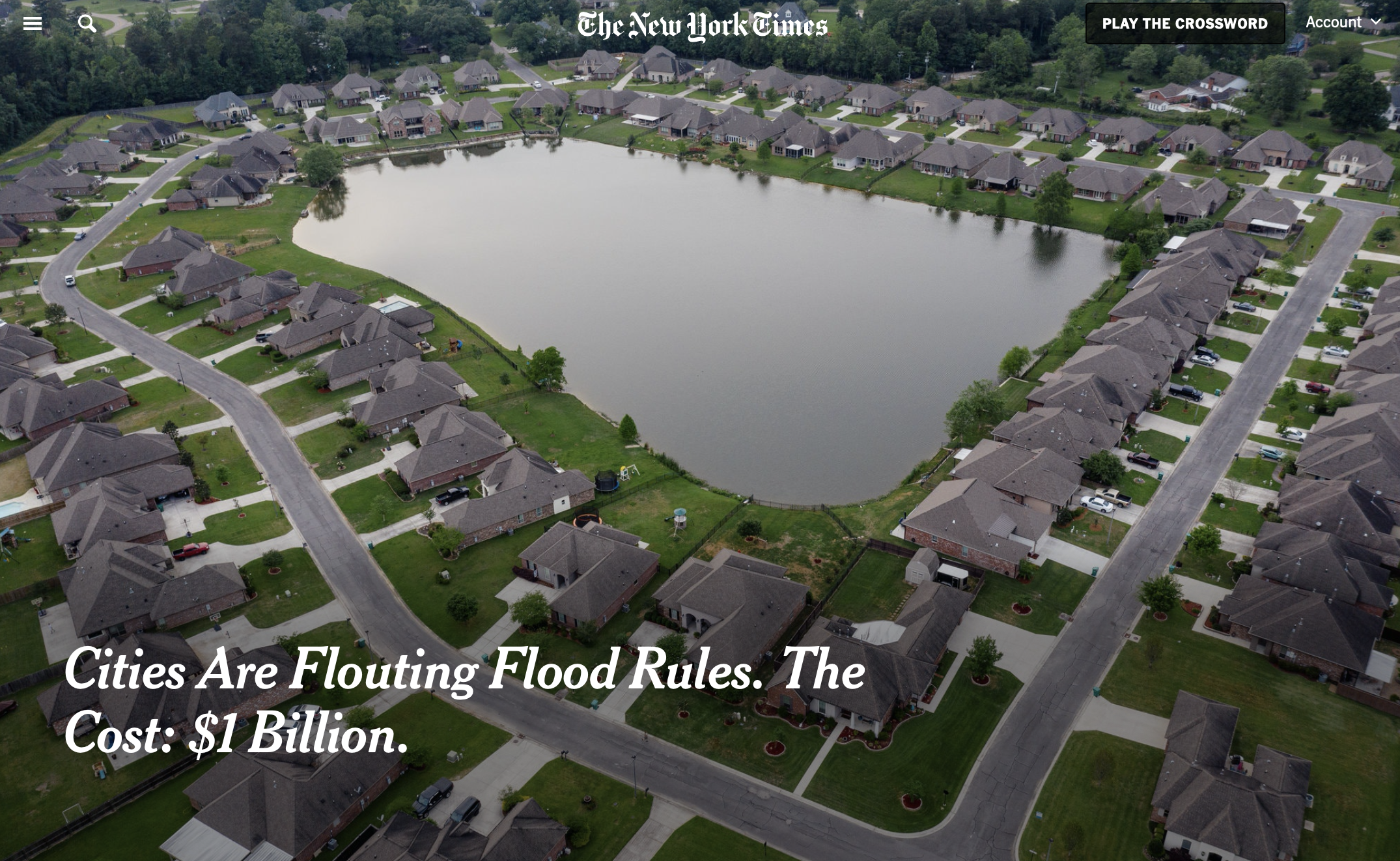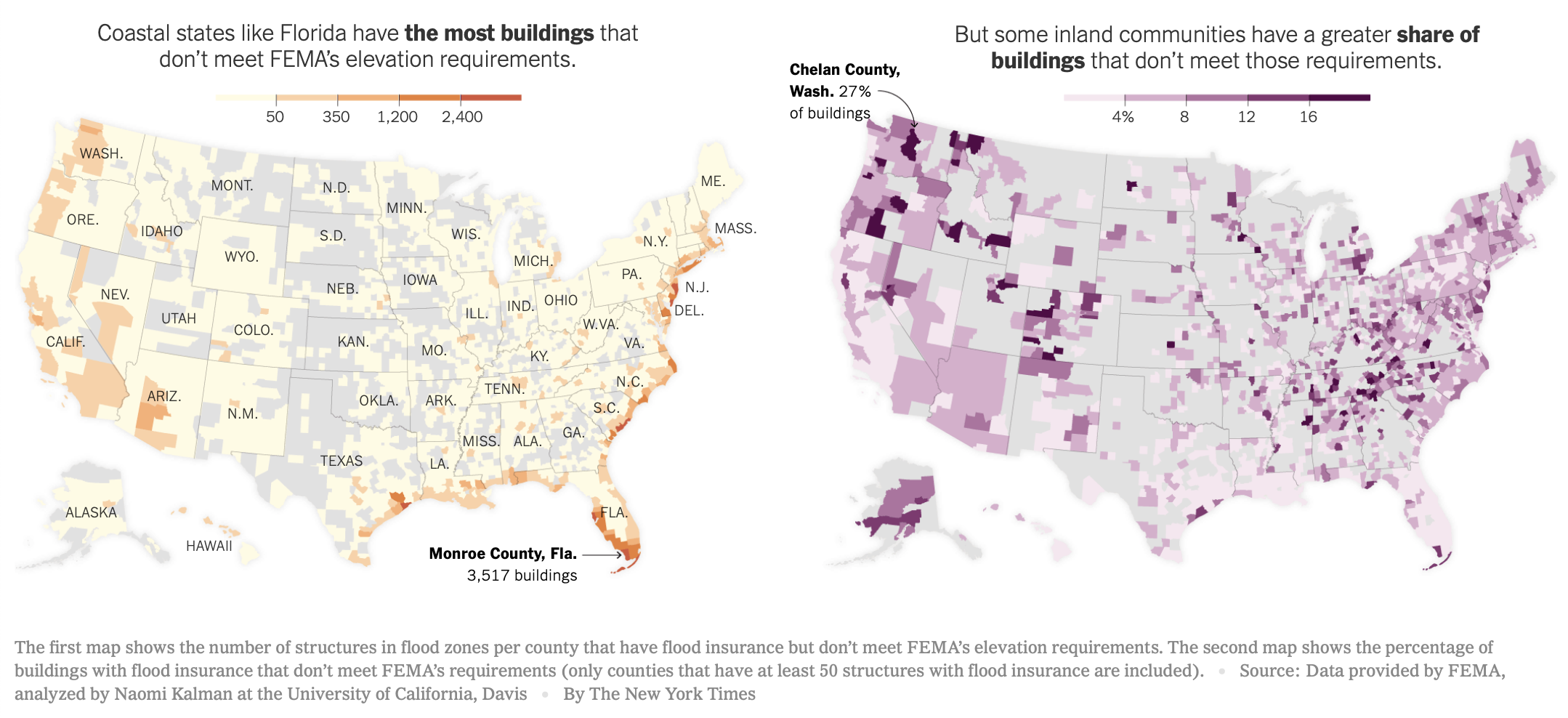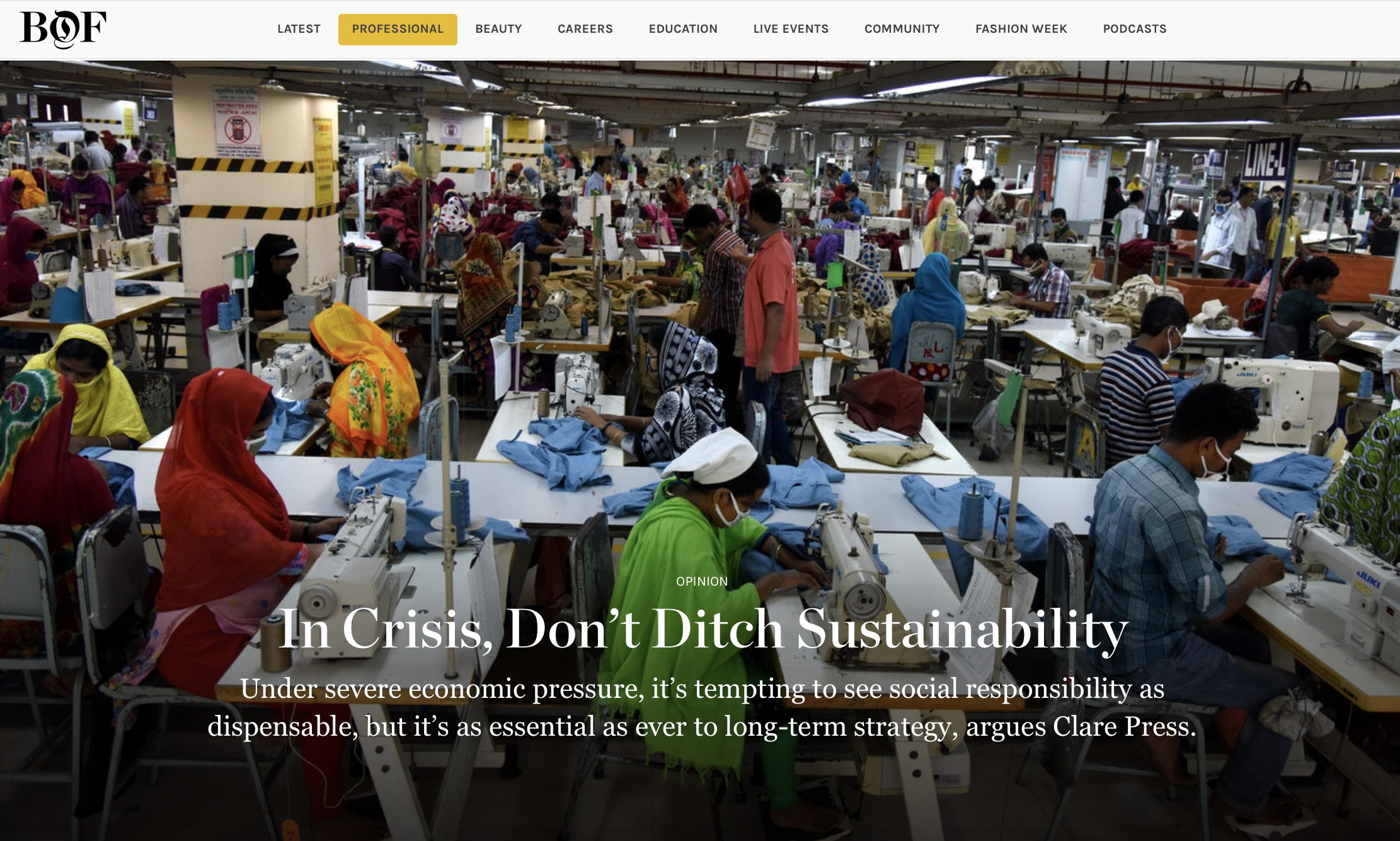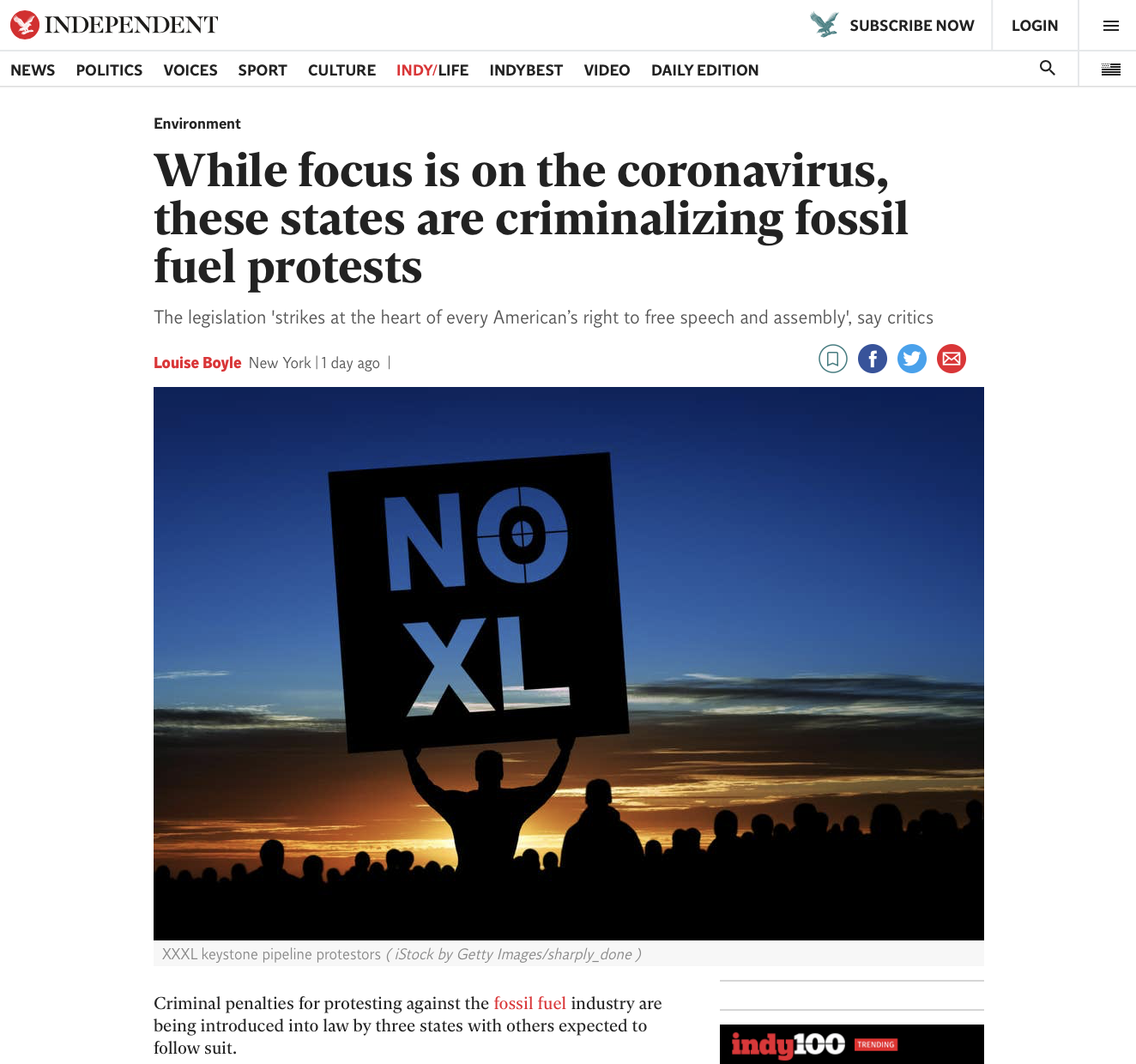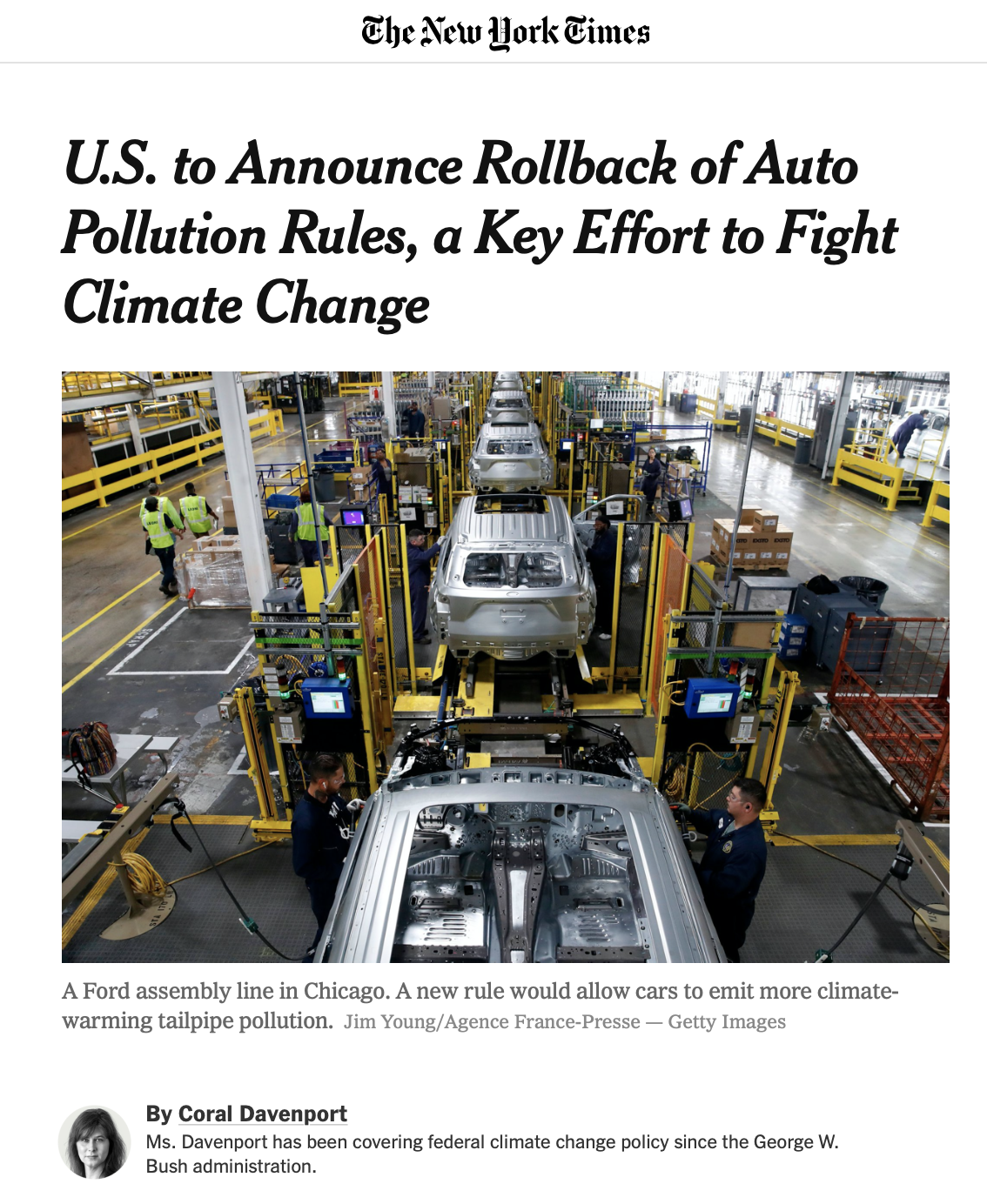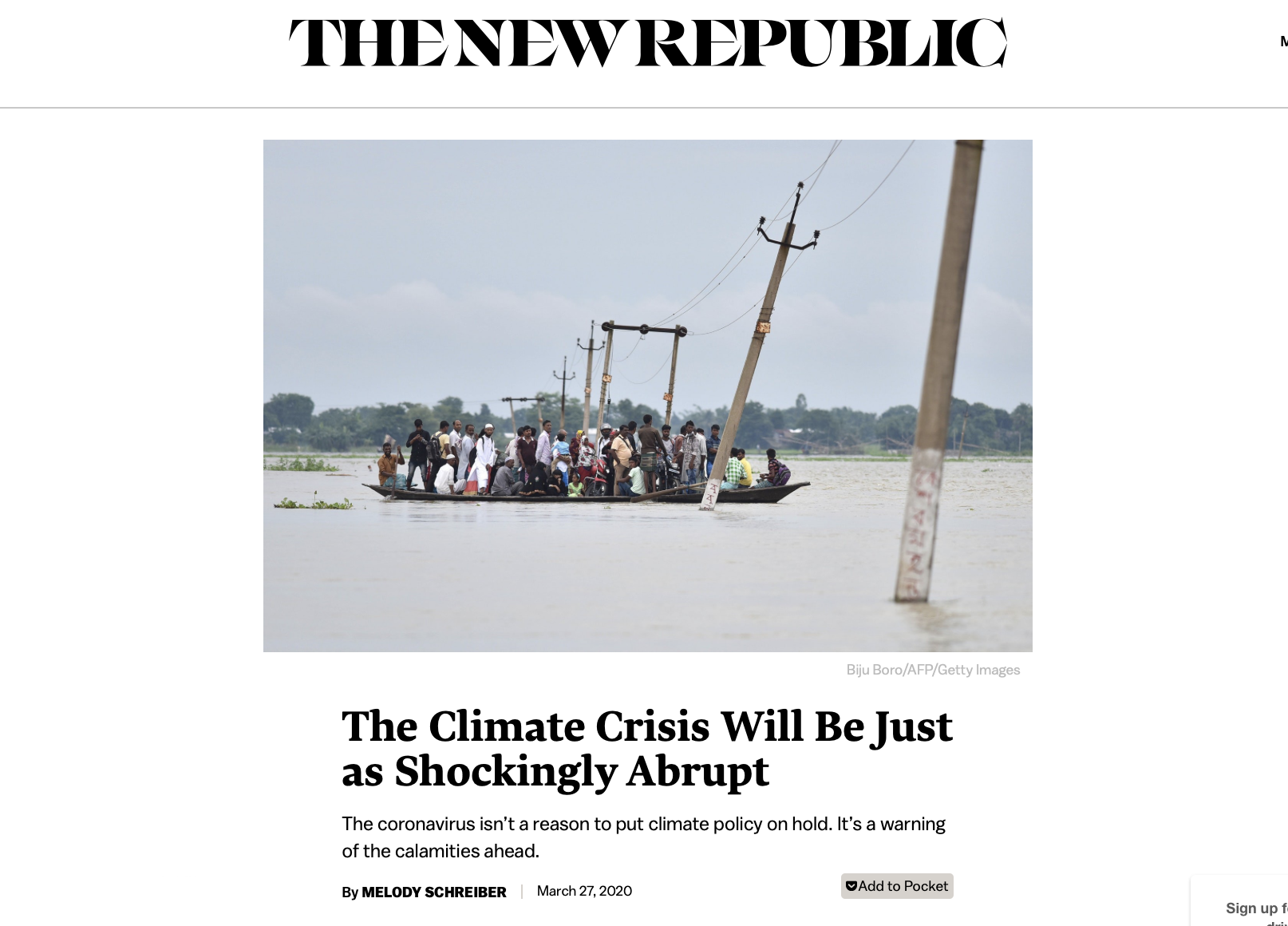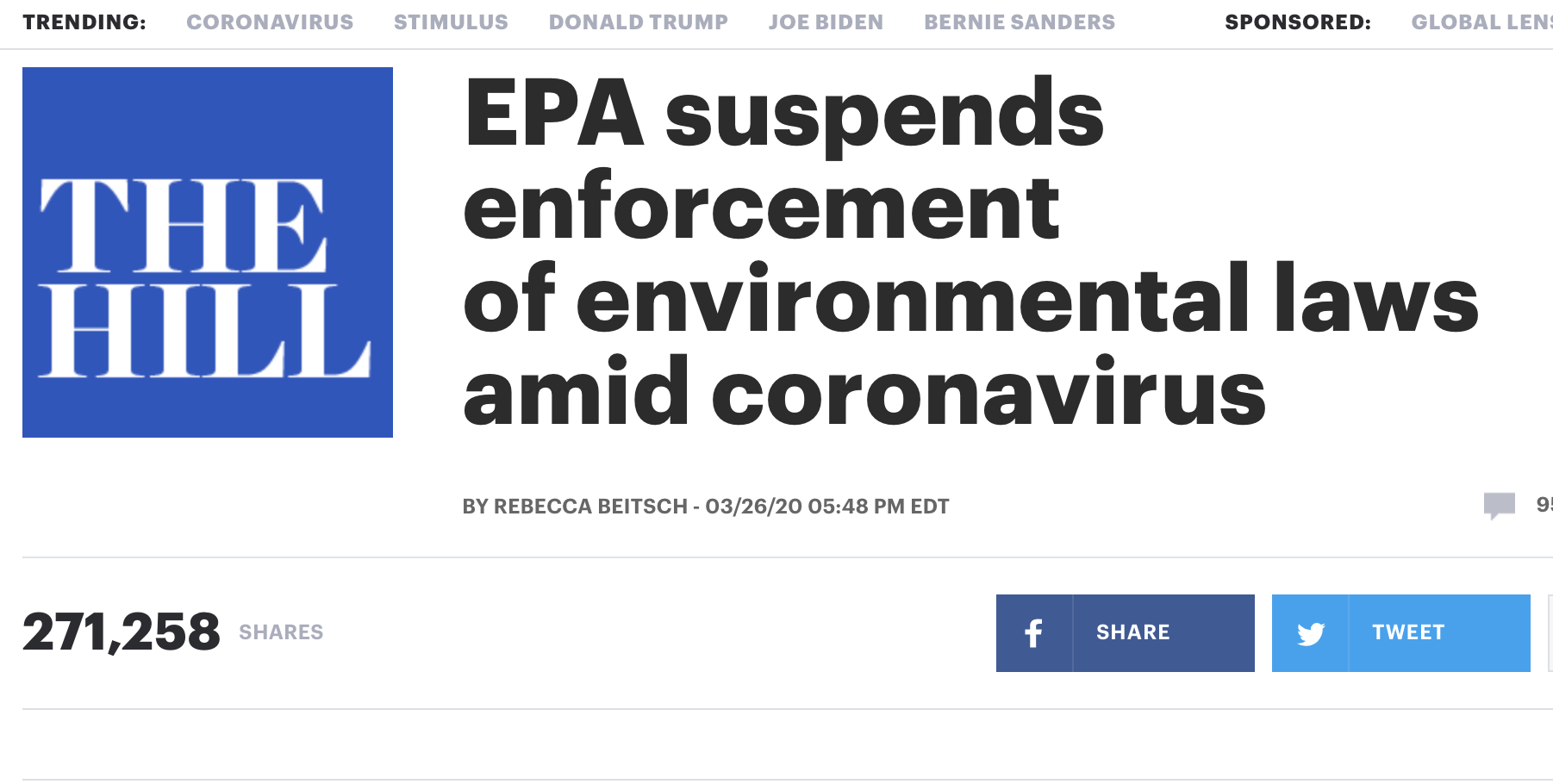“In some cities, the amount of one pollutant, ozone, has barely decreased compared with levels over the past five years, despite traffic reductions of more than 40%. Ground-level ozone, or smog, occurs when the chemicals emitted by cars, trucks, factories and other sources react with sunlight and heat.”
Tropospheric Ozone Pollution
Health Effects of Tropospheric Ozone Pollution
“NPR analyzed more than half a million air pollution measurements reported to the EPA from more than 900 air monitoring sites around the country. We compared the median ozone levels detected this spring with levels found during the comparable period over the past five years.”
“Our analysis revealed that, in the vast majority of places, ozone pollution decreased by 15% or less, a clear indication that improving air quality will take much more than cleaning up tailpipes of passenger cars.”
“In cities such as Los Angeles, stubbornly poor air quality during the coronavirus lockdown underscored how vast fleets of trucks are a dominant source of pollution. In industrial cities like Houston, refineries and petrochemical plants spew considerable air pollution. And in Pittsburgh and across a swath of the eastern U.S., much of the air pollution still comes from burning coal.”
